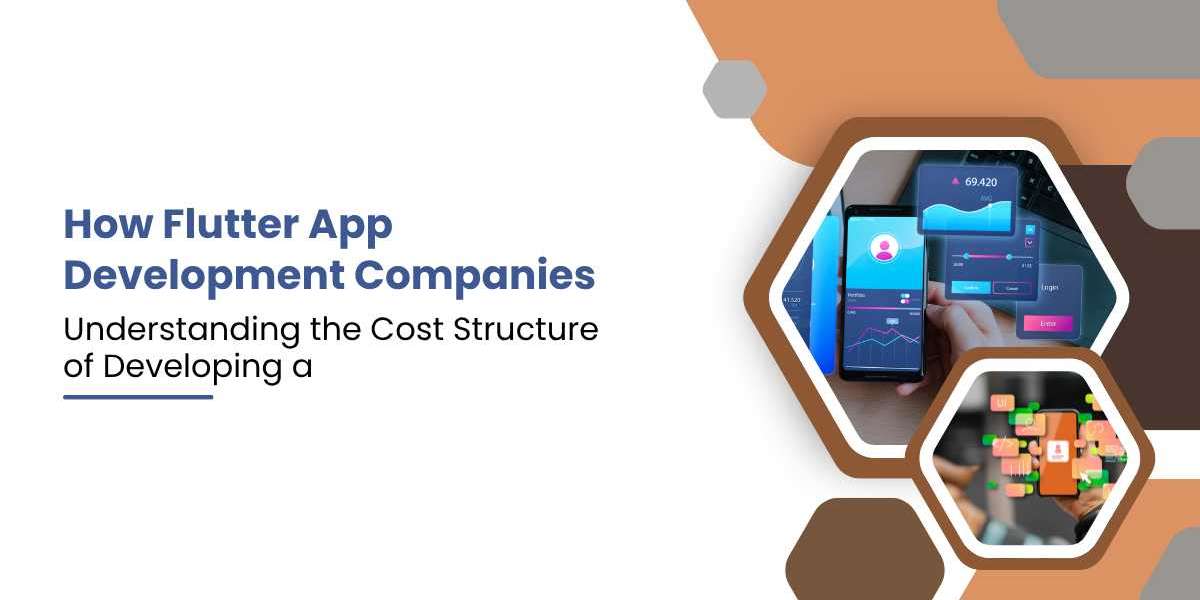In 2023, over 500,000 apps in Google Play used Flutter, marking a 50% annual growth rate. Around 2 million developers rely on Flutter worldwide, with 10% month-over-month adoption growth after March 2024. A Flutter App Development Company can leverage this momentum to deliver performant apps across platforms with a unified codebase. This article explores how such companies ensure consistent, high-quality cross-platform results through architecture, tooling, testing, performance tuning, and real-world deployment strategies.
Strong Foundation with Flutter Architecture
1. Unified Rendering Engine
Flutter uses its own rendering engine, Skia, and the new Impeller layer on mobile. This ensures consistent UI across platforms, avoiding dependencies on native UI components.
2. Single Codebase
A Flutter App Development Company writes once, runs across iOS, Android, web, and desktop. That reduces duplication and eases maintenance.
3. AOT Compilation for Speed
Flutter compiles Dart to native ARM code ahead-of-time. This improves app startup time and rendering performance.
Performance-Driven Development
1. Smooth Animations and Frames
Skia and Impeller render at high frame rates, making Flutter ideal for complex animations and rich UI designs.
2. Faster Development Cycles
Hot reload enables real-time UI updates and testing. One case achieved 70% reduction in development time.
3. Faster Than Other Frameworks
Studies indicate Flutter development can be 25% faster than React Native and 45% faster than native.
Unified Design and UI Consistency
1. Rich Widgets
Flutter offers a library of widgets, including Material and Cupertino styles. A Flutter App Development Company creates custom components ensuring look and feel consistency.
2. Pixel-Perfect Control
Flutter’s widget-based rendering allows precise control over layout and transitions. That supports brand-aligned designs without quirks across platforms.
Cost and Time Efficiency
1. Reduced Team Size
Using one codebase, roughly 7 cross-platform developers can replace 9 native developers. That trims costs and simplifies coordination.
2. Budget Savings
Flutter projects can be 30–40% more cost-effective than building separate native apps.
Technical Capabilities and Tooling
1. Native Feature Access
Flutter integrates with native APIs via platform channels. Developers can embed biometric, camera, and OS-level services seamlessly.
2. Rich Plugin Ecosystem
Pub.dev offers over 30,000 packages. This rich ecosystem aids rapid integration of features and integrations.
3. Integrated Firebase Support
Flutter pairs naturally with Firebase for backend services supporting auth, real-time databases, cloud storage, and analytics.
Testing, Reliability, and Tooling
1. Automated Testing
Flutter supports unit tests, widget tests, and end-to-end tests. That ensures feature correctness and UI stability across devices.
2. CI/CD Integration
Flutter integrates with CI/CD pipelines, enabling automated builds, tests, and deployments to improve quality and speed.
3. Maintenance Simplicity
A unified codebase means bug fixes and updates apply across platforms instantly. That boosts reliability and efficiency.
Real-World Case Studies
1. Google Ads App
Google redesigned its Ads app using Flutter, which led to a 33% rise in customer satisfaction.
2. Alibaba’s Xianyu App
Alibaba’s app serves over 50 million users with Flutter, demonstrating scale and performance.
3. Tencent’s Now Live App
Built in Flutter, Now Live reaches 10 million daily active users, showing enterprise-grade reliability.
4. Hamilton Musical App
The app achieved 70% faster development, showcasing Flutter’s efficiency advantage.
Community, Support, and Developer Sentiment
1. Growing Adoption
Flutter ranks as the 3rd most loved framework, with 68.8% developer interest to continue using it.
2. Wide Adoption and Growth Trends
As of 2024, Flutter holds 13% of the cross-platform dev market, with usage rising from 25% in 2021 to 33% in 2024.
3. Expanding Ecosystem
Pub.dev growth and GitHub stars exceed 145,000, showing community engagement and tool maturity.
Challenges and Mitigation
1. App Size Overhead
Flutter apps tend to be larger. Companies use tree-shaking and code obfuscation to reduce final size.
2. Platform Feature Lag
New native features may lag in Flutter. Development teams use platform channels to bridge gaps until official support arrives.
3. Learning Curve for Dart
Though Dart is less common than JavaScript or Swift, developers often become productive within 1–3 months.
Best Practices for Excellence
- Adopt modular architecture to support rapid scaling.
- Use hot reload for UI iteration and bug fixing.
- Rely on automated test suites across unit, widget, and integration tests.
- Optimize builds to minimize app size and memory use.
- Stay updated on Flutter SDK and Dart releases.
- Leverage community packages wisely, while reviewing for maintenance and security.
Conclusion
A Flutter App Development Company delivers excellence by combining a single codebase, fast development cycles, consistent UI, and cost-efficiency. Robust architecture, real-world validation, rich community support, and tooling depth give Flutter a unique edge. Challenges like app size and feature lag remain but are manageable. With continuous framework advancements, Flutter remains a core strategic choice for any technical team seeking cross-platform excellence.


